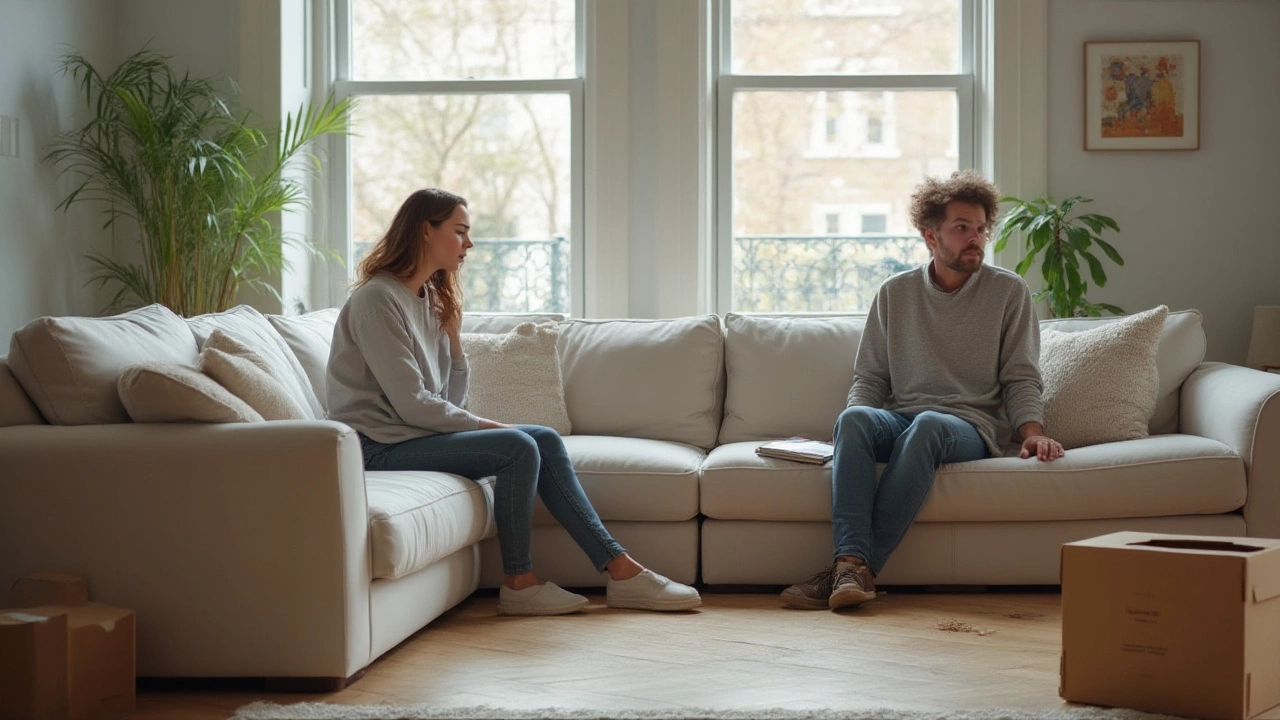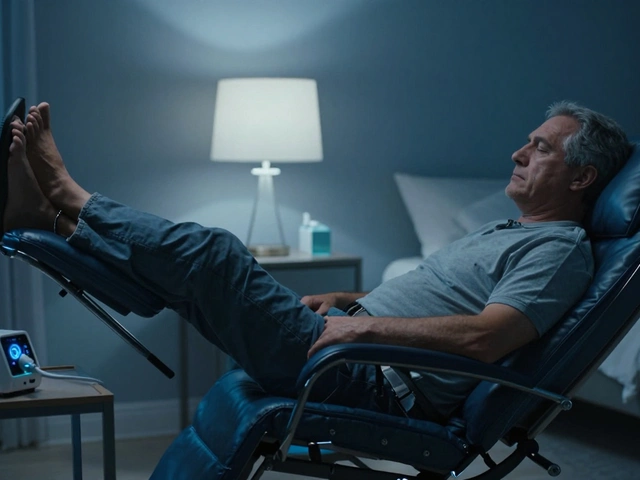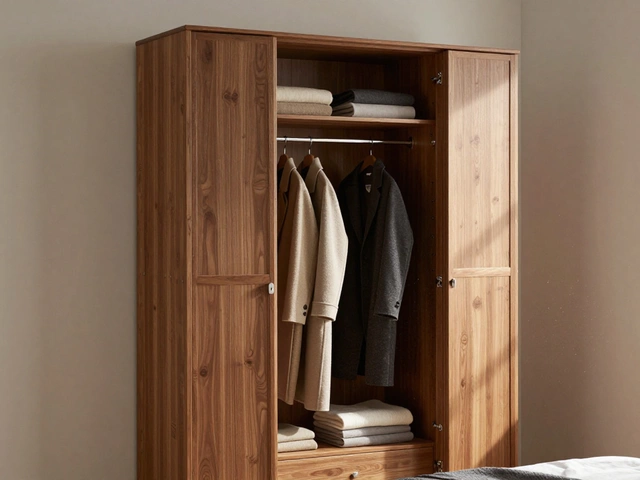Corner Couch Problems – How to Turn a Painful Piece into a Great Fit
If you bought a corner couch and it’s causing headaches, you’re not alone. Lots of people end up with a sofa that feels too big, looks old, or blocks traffic in the room. The good news is that most of these issues can be solved without buying a brand‑new set.
Common Issues with Corner Couches
First, the size. Many corner sofas come in a fixed L‑shape that doesn’t match the shape of the space. Too long a side can push chairs or coffee tables into the walkway, making the room feel cramped. Second, the style. Some corner sofas look like they belong in a 1990s living‑room, which can clash with modern décor. Third, the placement. Putting the sofa against a wall might look tidy, but it can also block a window or make the room feel unbalanced.
Another frequent gripe is the backrest height. A too‑high back can make the TV hard to see, while a low back may not give enough support. Finally, the material. Leather or fabric that scratches easily or stains can become a daily worry, especially in homes with kids or pets.
Fixes and Smart Choices
Start with the layout. Measure the two walls that will hold the couch and compare them to the couch’s dimensions. If one side is too long, consider a sectional with a removable chaise or a modular piece that you can re‑arrange. Swapping the chaise for a slimmer arm can free up space.
Style upgrades are easy. Add a fresh slipcover in a neutral colour or a bold pattern that matches your décor. Throw pillows can change the look in minutes and hide any wear on the fabric. If the sofa looks dated, a modern rug or a sleek coffee table in front can pull the whole room together.
When it comes to placement, try angling the corner piece slightly away from the wall. This opens up the floor and creates a more dynamic flow. If you have a TV, position it so the middle of the screen lines up with the centre of the couch’s seating area – that usually means the TV isn’t too high or low.
Backrest height can be tweaked with accessories. Add a low table or a recliner next to the sofa for extra support. If the back is too high, a low‑profile side table can break the visual line and make the room feel more balanced.
Finally, protect the material. Use a washable slipcover for fabric sofas and a UV‑protectant spray for leather. A simple vacuum and spot‑clean routine will keep the couch looking fresh longer.
By measuring carefully, playing with layout and adding a few accessories, most corner couch problems disappear. You’ll end up with a comfy, stylish spot that fits your life, not the other way around.
Corner Sofa Disadvantages: What to Know Before You Buy
Thinking about a corner sofa? Get the facts on their downsides, from awkward room fit to the pain of moving and cleaning. Make a smarter choice for your living room.







